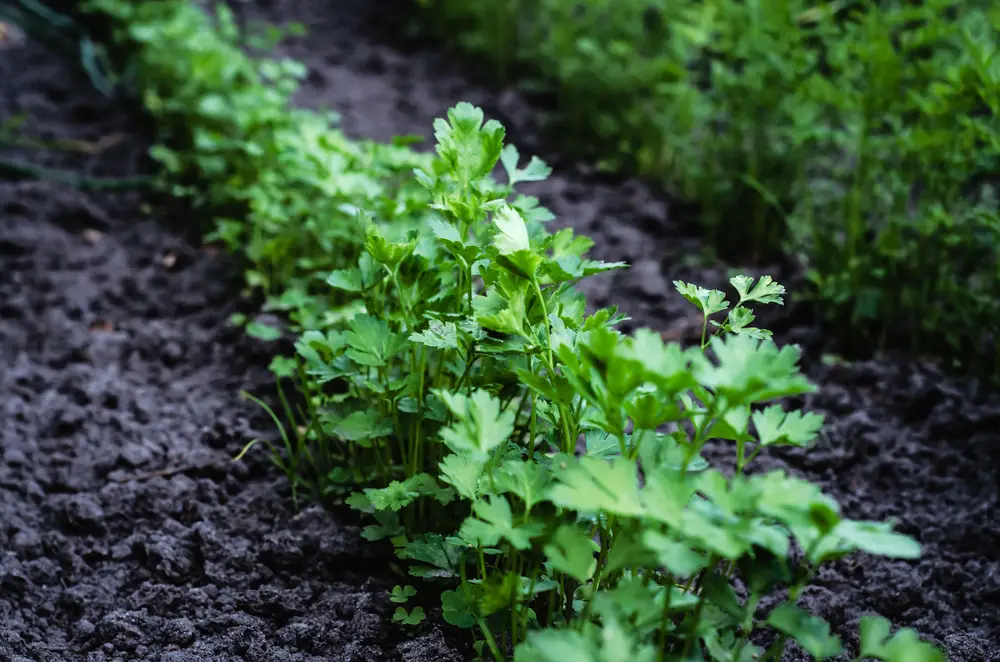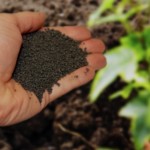Parsley, with its fresh and vibrant flavor, is a versatile herb that adds a delightful touch to a wide range of dishes. Proper watering is crucial for the health and vitality of your parsley plant. In this guide, we will delve into the factors that influence parsley’s watering requirements and provide you with practical advice on how often to water parsley for optimal growth and flavor.
Understanding Parsley’s Watering Needs
Parsley is a relatively moisture-loving herb that prefers consistently moist soil. However, overwatering can lead to issues such as root rot, so it’s important to find the right balance between keeping the soil adequately moist and preventing waterlogged conditions.
Factors Affecting Parsley’s Watering Frequency
1. Soil Type:
Parsley thrives in well-draining soil that retains moisture without becoming waterlogged. A mix of potting soil and organic compost provides a suitable growing medium.
2. Container vs. Garden:
Parsley planted in containers may require more frequent watering than those grown in garden beds due to limited soil volume.
3. Climate and Weather:
Hot and dry climates may necessitate more frequent watering, while cooler and more humid conditions may allow for longer intervals between waterings.
4. Growth Stage:
Young parsley plants need more frequent watering until their root systems establish. Mature plants are generally more drought-tolerant.
How Often to Water Parsley
Establishment Phase (First 4-6 Weeks): During the initial growth period, water your parsley every 2-3 days, keeping the soil consistently moist but not saturated.
Mature Plants (After Establishment): As parsley plants mature and develop a stronger root system, you can adjust the watering frequency. Water mature parsley plants every 4-7 days, allowing the top inch of soil to dry out between waterings.
Signs of Proper Parsley Watering
Monitoring your parsley plant’s condition will help you determine its watering needs:
- Soil Moisture: Insert your finger into the soil about an inch deep. If it feels slightly dry at this depth, it’s time to water. If it’s still moist, wait a day or two before checking again.
- Leaf Appearance: Healthy parsley leaves are lush and vibrant. If the leaves start to wilt or show signs of stress, it’s an indication that the plant needs water.
Tips for Parsley Watering Success
- Consistent Moisture: Aim for even and consistent soil moisture. Avoid allowing the soil to become excessively dry between waterings.
- Mulch the Soil: Apply a layer of organic mulch around the base of the parsley plant to help retain soil moisture, regulate temperature, and prevent weed growth.
- Avoid Overhead Watering: Water the soil at the base of the plant to minimize water contact with the foliage, which can lead to fungal issues.
- Watch for Drainage: Ensure that the container or garden bed has proper drainage to prevent waterlogged conditions.
Frequently Asked Questions About Parsley Watering
Q1: Can I water parsley in the evening?
A: It’s generally best to water parsley in the morning. Watering in the evening can create conditions conducive to fungal growth.
Q2: Can I grow parsley indoors?
A: Yes, parsley can be grown indoors near a sunny window. Ensure proper drainage in the container to prevent overwatering.
Q3: Can I use a self-watering pot for parsley?
A: Yes, a self-watering pot can be a convenient option for growing parsley, as long as it provides adequate drainage and prevents waterlogging.
Q4: How do I prevent overwatering my parsley?
A: To prevent overwatering, use well-draining soil, monitor soil moisture, and adjust your watering schedule based on the plant’s needs and environmental conditions.
Conclusion
By understanding parsley’s specific watering requirements and considering factors such as soil type, climate, and growth stage, you can successfully cultivate healthy and flavorful parsley plants. Regularly assess soil moisture, observe your plant’s appearance, and adjust your watering routine accordingly. With proper care and attention, your parsley plant will thrive, providing you with an abundant supply of aromatic leaves to enhance your culinary creations.






